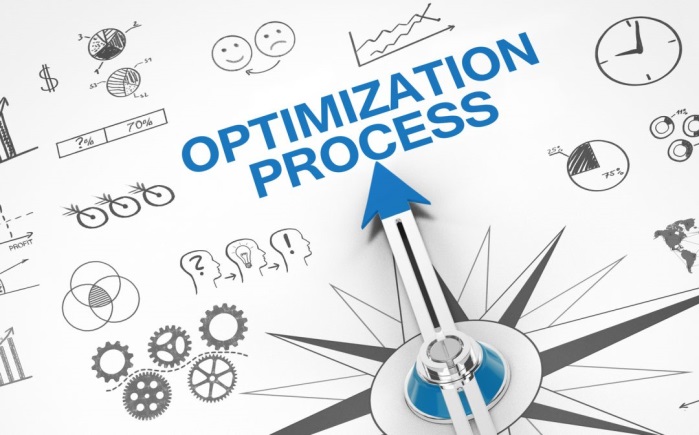The continuous evolution of integration into fleet management
Today, data is everywhere. They come from a variety of solutions: GPS, telematics, accounting spreadsheets, vehicle and equipment sensors, smartphones and tablets for the driver. All this data can be part of the integration in fleet management.
Capturing, screening, and managing this data can be one of the biggest challenges for fleet managers and company stakeholders across the organization. And until recently, reconciling much of this data was difficult, as many of these data streams were isolated into individual, disparate, and seemingly incompatible solutions.
However, for fleets, thanks to advances in both telematics and other back-office software, data integration is now not only possible, but increasingly relatively easy.
The result is even greater transparency, efficiency and opportunities to increase results.
WHAT IS THE FUTURE OF FLEET MANAGEMENT INTEGRATIONS?
The amount of fleet management data they need to work with is growing, and integrations with solutions across the organization will help make it more viable than overwhelming.
The 5 Benefits of Fleet Management Integration
Fleet management integration allows fleets to break down their data silos, aggregate data across the organization, and make it meaningful and actionable.
By integrating telematics data with other data sources, we can:
1. Integrate fleet management and employee job functions,  from fuel and maintenance to work schedules and time control. Integrating a fleet management solution with other back-office solutions enables better organizational clarity and asset and employee utilization.
from fuel and maintenance to work schedules and time control. Integrating a fleet management solution with other back-office solutions enables better organizational clarity and asset and employee utilization.
2. Gain more insights across the organization by overlaying data and  seeing how all aspects of the organization fit together. Having this insights turns data into true actionable intelligence.
seeing how all aspects of the organization fit together. Having this insights turns data into true actionable intelligence.
3. Optimize processes by finding spurious data and redundancies that may have infiltrated the organization due to an isolated approach to data.
infiltrated the organization due to an isolated approach to data.
4. Eliminate human error by automating data capture and reporting. Data centralization and reporting standardization further improve the quality of information that is disseminated throughout the organization.
Data centralization and reporting standardization further improve the quality of information that is disseminated throughout the organization.
5. Find new revenue streams by identifying opportunities for new markets, services and cost-saving processes.
services and cost-saving processes.
You can find more information on how to do fleet management integration to generate value on our Linkedin page
